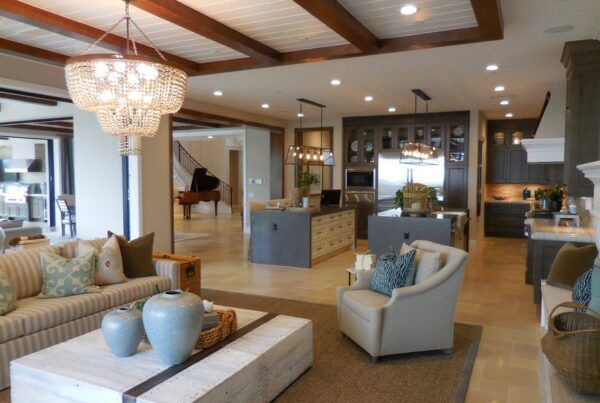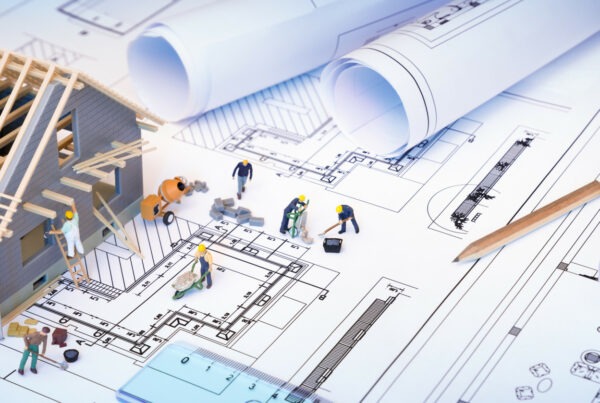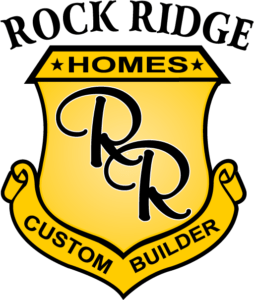
There were around 1.6 million new privately owned housing starts in the US in 2021.
While there are always plenty of homes being built, some modern homes stand out from the rest as smart homes. These involve the use of technology to add different characteristics and capabilities to homes, making them better for those living in them. Technology changes fast, and as such, so do smart building market trends.
For a rundown of some of the key smart building trends that you need to know, keep reading.
Smart Energy Management
In today’s world, sustainability is crucial in almost all aspects of life. In the past, this has been less of a focus, but modern building projects take this into account by making an effort to produce more energy-efficient buildings. This is in part due to government targets to reduce carbon emissions.
Energy-efficient homes use less power for things like heating and air-conditioning, which is beneficial for the environment. Facility Managers can use smart energy management to better understand how buildings can be made more energy efficient. This can then be implemented into new home builds.
Smart technology can do things like turn off lights or other power sources when no one is present in the home, for example. Real-time data provides better insights within a home which can then be used to maximize overall energy efficiency. Another use of such data is to help with predictive maintenance.
Predictive Maintenance
Predictive maintenance is a maintenance strategy that stops problems before they actually happen. This can be done using data gathered by smart devices and will save time and money in the long run.
An example of this would be a system that detects abnormal power surges. Through this, you can take action before a significant power surge causes damage to appliances in your home.
Such systems generally rely on sensors to detect abnormalities or issues early on. They can detect and highlight issues and keep track of routine maintenance plans. Keeping on top of any maintenance and repairs can help a homeowner save a lot of money.
Smart Access Control
One of the main benefits of smart building technology is security. Homes can now be designed with smart locks that provide new ways to gain access. Similar technologies have long been used in commercial environments, such as access cards in workplaces, but now people are starting to implement smart access systems in their homes too.
A popular example of this is access systems that integrate with smartphones. This way, a homeowner or their family can gain access to their home by simply holding their smartphone (or another device) up to a sensor. Depending on the authentication system on the device (e.g. pin, thumbprint, etc.), this can be a very secure access method, as someone would need to have an approved device and be able to unlock it.
IoT Adoption With Risk Consideration
There’s a range of different IoT devices that are available for various applications, and many of these are suitable for smart homes. These offer functionality that can improve people’s quality of life, help save money, or are simply convenient to have.
A popular example is a smart thermostat, which a user can program to control the climate of their home with ease and efficiency. With one of these, you can program your home to adjust to certain temperatures on a set routine to fit in with your daily schedule. You can also set it up for individual rooms so that the temperature of a room will adjust if someone enters, and the system will shut off automatically if they leave.
Other popular IoT devices for the home include:
- Virtual assistants (Google Home, Alexa, etc.)
- Smart doorbells
- Smart lights
- Smart plugs
- Universal remotes
While these types of devices can be incredibly helpful, it’s important for users to understand that there can be one potential drawback. These devices typically all work through your local network, which means they are connected to other devices in your home. As such, there is a possible cybersecurity risk.
IoT devices aren’t targeted by cyber criminals as much as computers, tablets, phones, etc., but as such, they also don’t have the same security measures. This makes them potentially more vulnerable, and a hacker may be able to gain access to your home network through an IoT device. It’s worth noting that these types of attacks are very uncommon in commercial settings and even less common in residential environments.
Better Buildouts
While most smart building market trends are related to the features and characteristics of the home itself, this one ties more closely to home building. Modern software allows building designers to create better smart buildouts.
One such example is through tools that are focused on security and access control systems. With these, a developer can manipulate things like cameras on floor plans or determine the best places for access points and control systems.
Homebuilder software also makes it easier to design layouts that make the best use of the space available on a property. You can look at different options to compare various layouts and plans, helping you settle on the one that’s best for you. Such software may even allow you to take a 3D tour of a property to give you a better insight into what the final build will look like.
Embracing Smart Building Market Trends
Smart homes can provide a lot of convenience and comfort to homeowners, along with various other benefits. At Rock Ridge Homes, we stay up to date with the latest smart building market trends to ensure that all of our builds meet the highest standards. We have a range of floor plans readily available and can customize them to meet your exact needs.
To find out more about what we can do, click here to contact us today.




